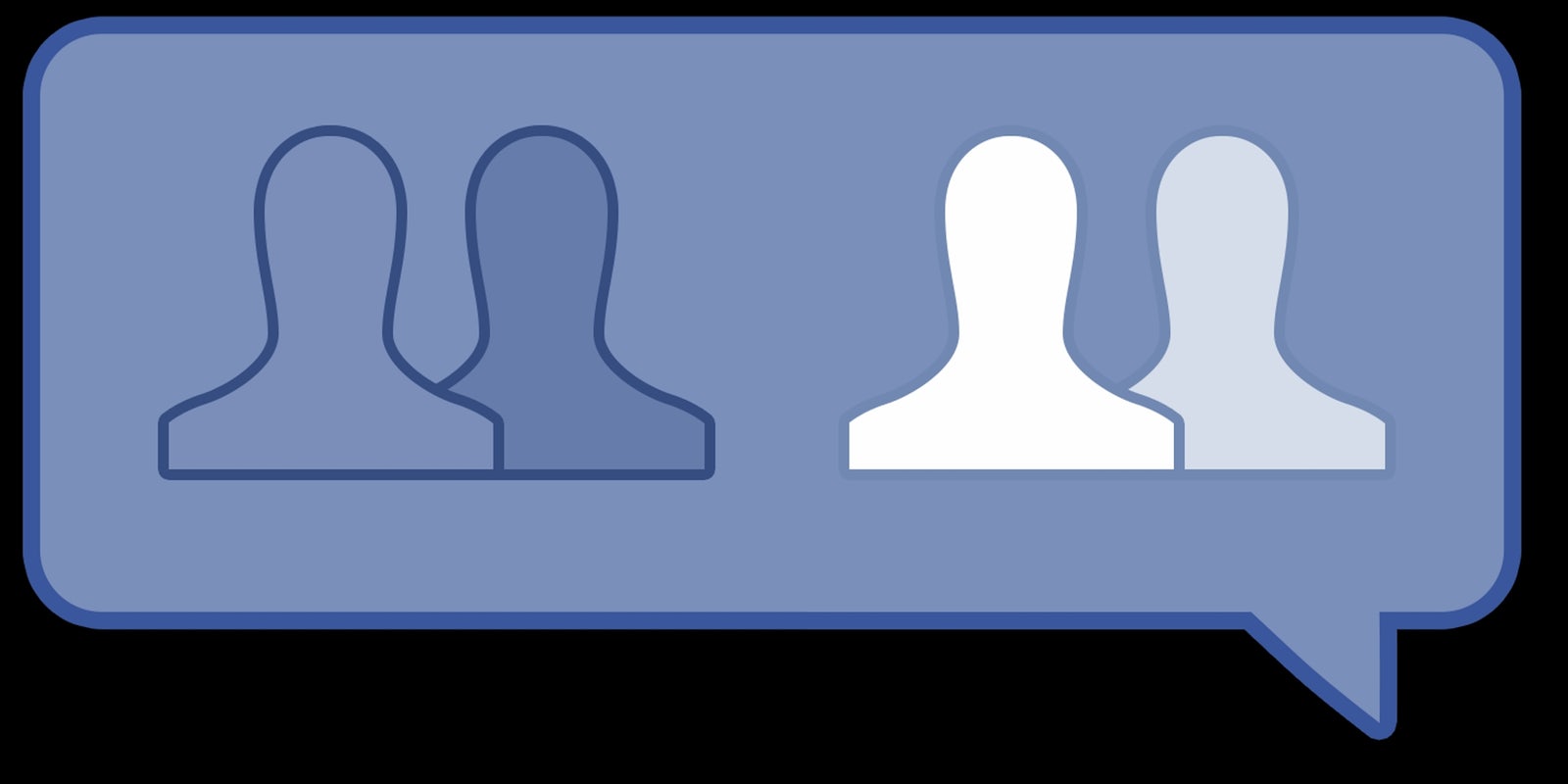There’s nothing more depressing than seeing a Facebook group on your News Feed for a party that you weren’t invited to (not that that ever happens to me—I’m invited to every party).
How can you tell if a group you just created can be seen by its 15 members or the entire Facebook community? It comes down to the difference between open, closed, and secret groups. Here’s how to tell the difference to keep your best friend’s surprise party from being broadcasted onto her News Feed.
An open Facebook group can be seen by anyone, and anyone who sees it can request to add himself. Open groups show up in users’ News Feeds and are totally out in the—you guessed it—open.
Closed and secret Facebook groups seem like they should be fairly similar. The difference is that closed groups can be seen by the public, while secret groups can’t. If you create a closed group, the name of it, its members, and its description can be seen by the public—basically everything but the posts in the group. This could be handy for a group that wants to create the illusion of exclusivity but isn’t really that important.
A secret Facebook group is the most secure of the three types. The only people who can see the group and its members are the people added to the group. To the public, secret groups are invisible, so this is the kind you should use for your “Shh! It’s a surprise!” group.
There is a setting available for all three groups that dictates who can add people to the group. By default, group members are free to add other people to groups, even in secret groups. This can be changed to allow the group admin to approve members to the group, making it a super secret group.
Group privacy is hard to figure out but easy to change. It’s surprising to learn that a closed group is almost completely open to the rest of the Facebook world, so knowing the difference could help save you from future Facebook awkwardness and secondhand embarrassment.
Illustration by Jason Reed


